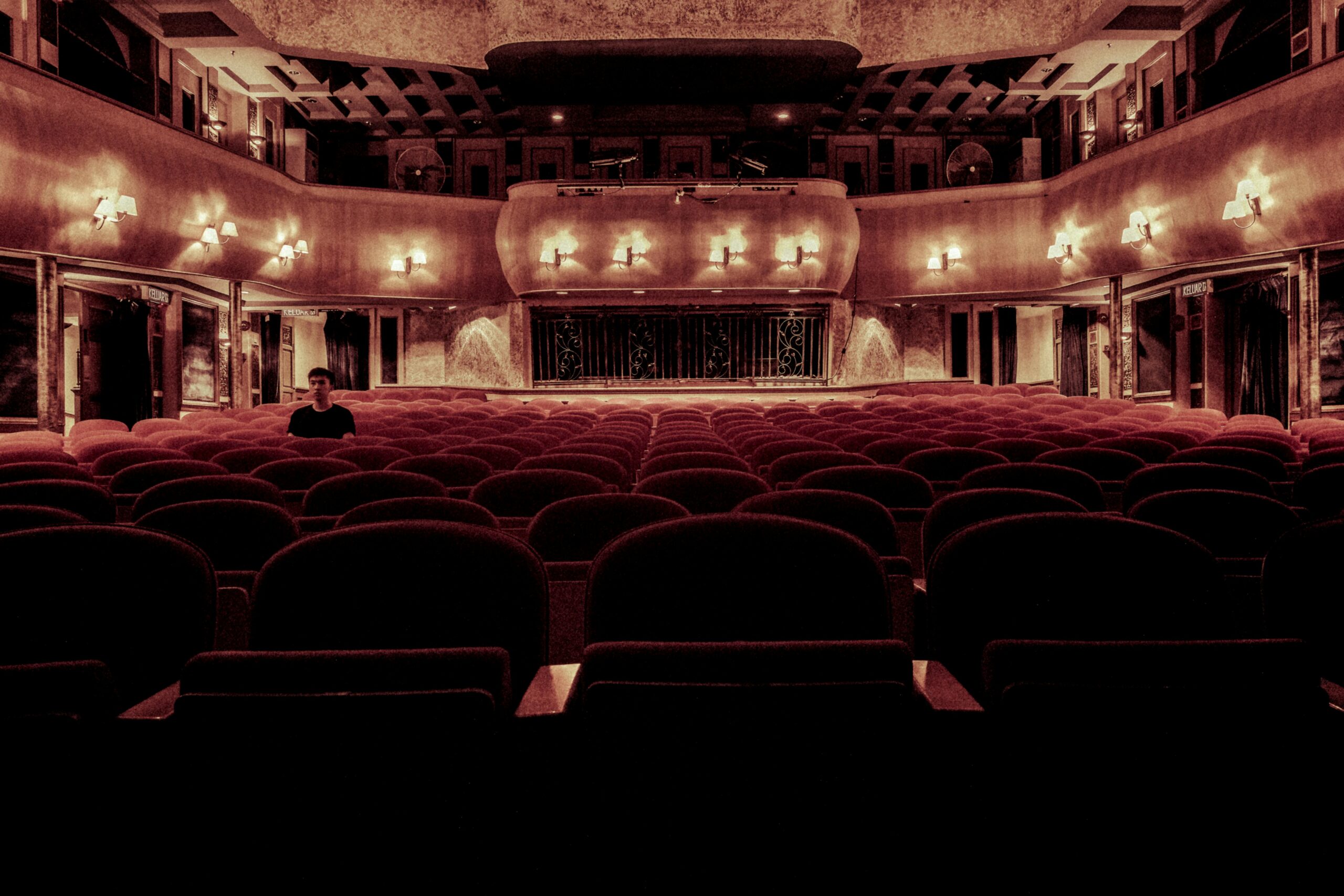Everything You Need to Know about Grindhouse Film History
The name “grindhouse” or “action house” was provided to American theaters that primarily offered low-budget horror films and adult exploitation style films. Likely named after “grind policy” programming from the 1920s. It’s believed that the first use of the term “grindhouse” was established for a theater in 1923. Of course, Grindhouse film history represents an eclectic mix of showings. Mostly of predominantly low merit first-run and second-run films that were nothing short of bizarre. Learn all about Grindhouse film history in this tell all recap.

What is a Grindhouse?
Also called an “action house” the grindhouse is a name provided to some American theaters that primarily showed films that were considered low-budget horror or splatter films as well as various exploitation films for adults only, of course.
Grindhouses were rather common throughout the 1970s and into 1980s, at least until home video and the rise of cable television would threaten the grindhouse economy.
Grind Policy
Historian David Church describes grindhouse theaters as having been likely named after “grind policy”. Which was a film-programming method that could be historically dated back to the 1920s era.
The grind policy basically provided that films would be shown continuously at reduced rate ticket prices. Which would increase as the day progressed.
The grind policy was opposite of that used by many theaters. In which only a few shows per day were screened. And the pricing was increased based on seating with better seats resulting in higher ticket costs.
History of Grindhouse Theaters
Grindhouse theaters are historically defined as those which show various films that are generally of poor quality or which have low artistic merit, are shown in continuous succession, and all for which are available at a low cost of admission.
Grindhouse theaters were often located in entertainment districts that may have also featured burlesque style entertainment venues nearby. As such, we’ve seen the term grindhouse used erroneously to describe burlesque theaters and those where adult entertainment such as stripping and dancing took place.
Historian Church believes that the term “Grindhouse” came about first in 1923. When a Variety newspaper article mentioned it potentially referencing the term “grind”.
To make reference to the barkers that would stand outside barking out details. Regarding the films taking place inside in an attempt to encourage adults to stop in for the show.
All Night Theater
Historically, the grindhouse theaters were open all night, and the accessibility of all night theater on a single admission is something that many patrons couldn’t pass up.
Thus they would spend long periods of time at the theaters, sometimes otherwise referenced by the name “Sleaze House” more appropriately.
Television was, in some capacity, almost helpful to the grindhouse. Where many theaters were closed as a result of the rise in home television programming throughout the 1930s through the 1970s.
Arise in exploitation programming in grindhouses would keep their doors open – at least for a short while longer.
The End of an Era
Grindhouse’s film history takes us into the 1980s where a decline in the number of viewers interested in watching low budget and equally low value productions would threaten the scene.
With home television improving, the home video and a rise in cable programming, the grindhouse was quickly being phased out and rendered obsolete.
By the mid-1990s, grindhouses that were one a part of grindhouse film history. And largely visible in Los Angeles along Broadway and Hollywood Boulevard as well as in New York City within Time’s Square, were gone.
In Summary
Grindhouse film history, as we know it, had come to a screaming halt. A very, very, small number of grindhouse theaters exist today. Instead, as a means of keeping grindhouse theater alive.
Several full feature films which share the original title “Grindhouse”. As well as some homage to the ongoing programming style of this era, were released in.


